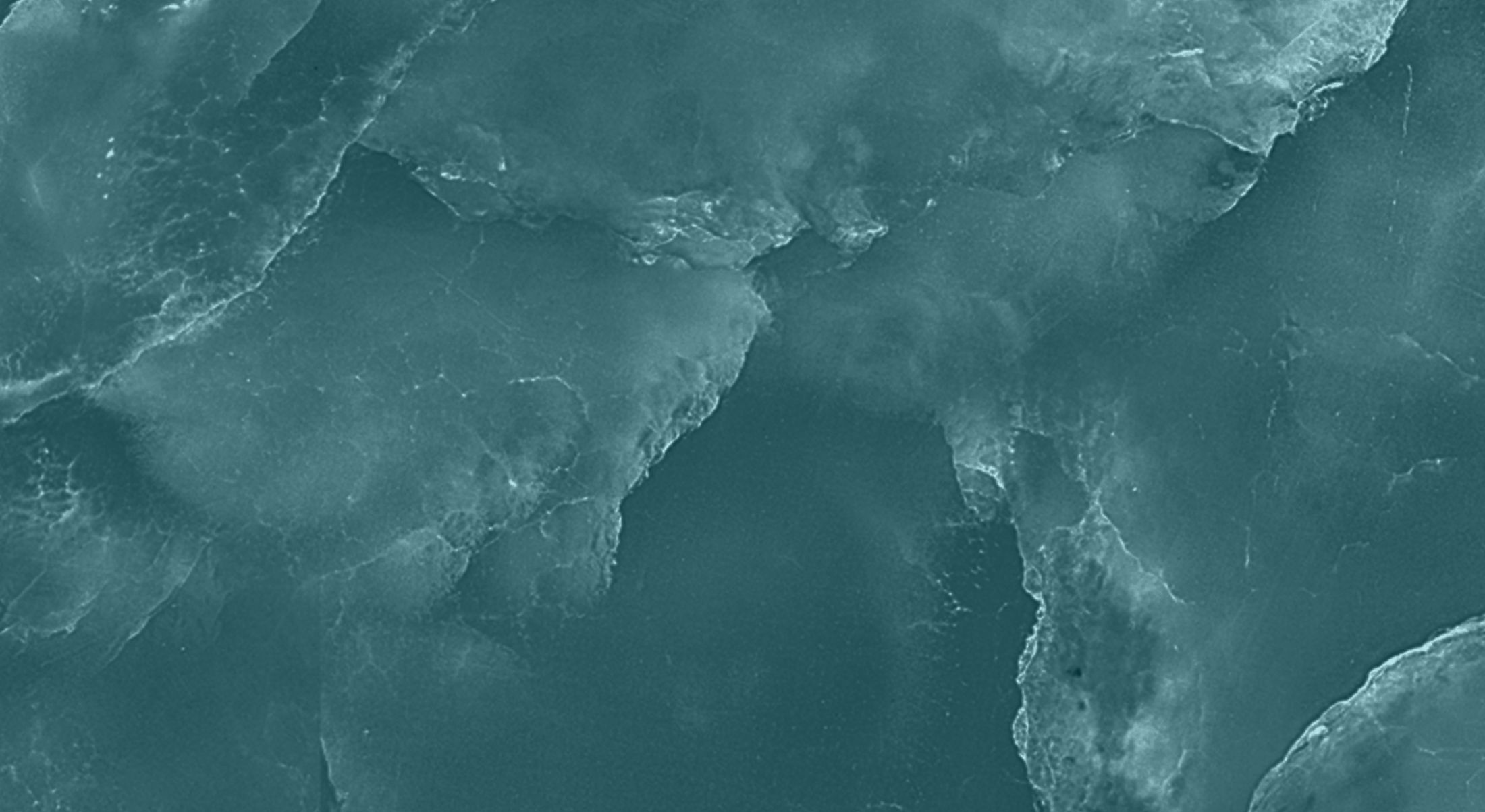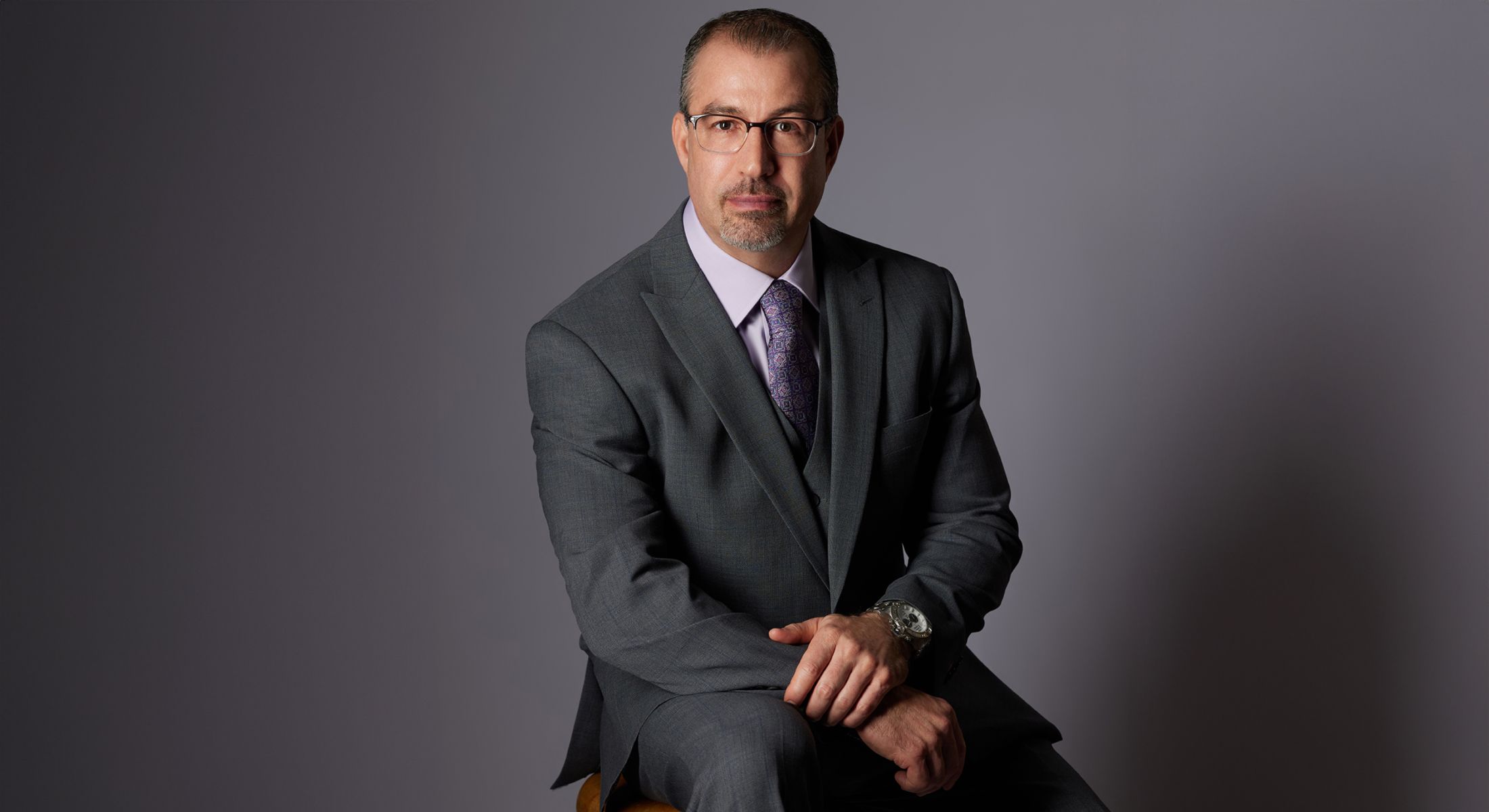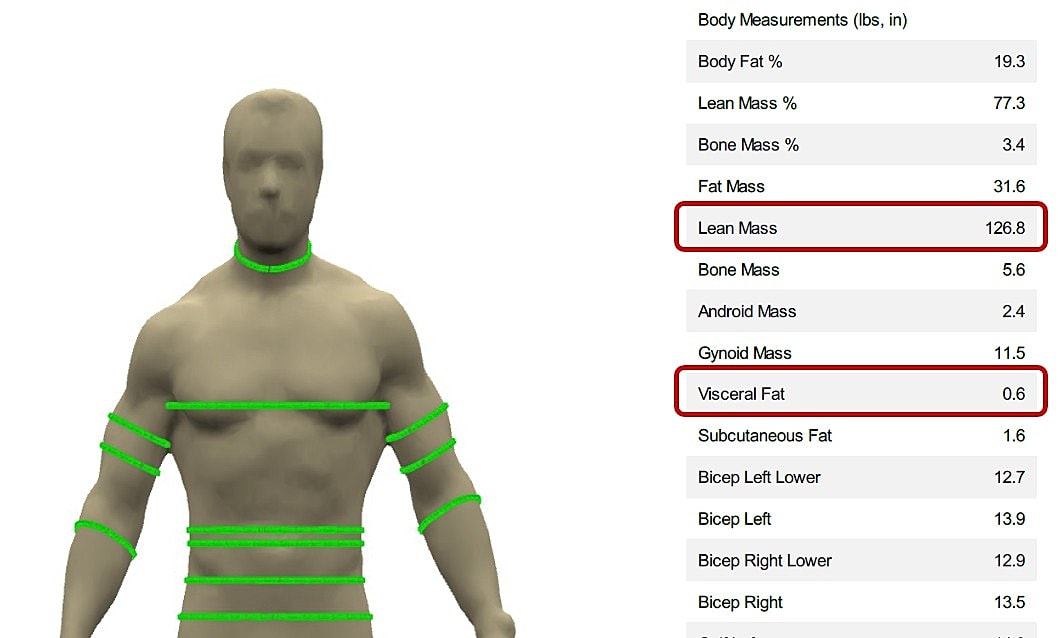When most people think about their health, they think about their weight. Step on a bathroom scale and you see a number—but that number only tells part of the story. Two people can weigh the same but have completely different health profiles depending on their balance of muscle, fat, and bone.
That’s where body composition analysis comes in. At Longevity Health Clinic, we use advanced tools like the Styku 3D body scanner to measure body composition in detail. This technology creates a 3D model of your body and calculates precise metrics that go far beyond what a scale or BMI chart can tell you. The result? A clearer, more actionable picture of your health.
Beyond the Scale: What Body Composition Reveals
The Styku scanner provides a detailed breakdown of your body, including:
- Lean muscle mass – the amount of muscle you have, which is critical for strength, metabolism, and long-term health.
- Visceral fat – fat stored around your internal organs, which is closely linked to conditions like diabetes and cardiovascular disease.
- Subcutaneous fat – fat stored under the skin, which impacts appearance but carries less health risk than visceral fat.
- Bone mass – important for skeletal health, particularly as we age (this is different than bone mineral density measurements in Dexa scans that determine if a patient has osteopenia or osteoporosis with increased fracture risk).
- Waist and circumference measurements – to help track changes over time with far greater accuracy than a tape measure.
- Estimated TDEE (Total Daily Energy Expenditure) – an estimate of how many calories your body burns each day, which helps guide nutrition planning.
These metrics allow us to build a personalized health and performance strategy.
Why Lean Muscle Is So Important
Of all the body composition metrics, lean muscle mass may be the most important to track.
- Metabolic health: Muscle is metabolically active, meaning it helps your body burn calories even at rest. More muscle means a stronger metabolism.
- Weight loss patients: Preserving lean muscle while losing fat is the key to successful and sustainable weight loss. If too much muscle is lost, metabolism slows and weight regain becomes more likely.
- Protein intake: Knowing your lean muscle mass allows us to calculate your minimum daily protein needs. A simple rule of thumb is 1 gram of protein per pound of lean muscle mass. This ensures your muscles are supported during weight loss, exercise, or aging.
- Postmenopausal women: After menopause, women naturally lose muscle mass more quickly, leading to weakness, bone loss, and a slower metabolism. Tracking lean muscle provides an early warning system and allows us to intervene with strength training, nutrition, and hormone support.
- Healthy aging: Maintaining muscle helps with balance, mobility, and independence later in life.
Why Visceral Fat Matters
Not all fat is created equal. Subcutaneous fat (just beneath the skin) is mostly a cosmetic concern, but visceral fat—the fat packed around organs like the liver, pancreas, and intestines—is far more dangerous.
High visceral fat is linked to:
- Type 2 diabetes
- High blood pressure
- Heart disease
- Stroke
- Certain cancers
The Styku scanner measures visceral fat and tracks how it changes over time. This is especially important for patients who may not appear overweight but still carry hidden health risks due to excess visceral fat.
TDEE vs. RMR: Understanding Metabolism
Another unique benefit of 3D body scanning is the ability to estimate your TDEE (Total Daily Energy Expenditure). TDEE is the number of calories your body burns in a day, taking into account your body composition, age, gender, and activity level.
- More accurate than BMI or home scales: Because TDEE is based on your actual lean mass and fat mass, it provides a better estimate of calorie needs than simple height/weight formulas.
- Not as precise as RMR testing: RMR (Resting Metabolic Rate) testing directly measures your body’s energy burn at rest and is considered the gold standard. But TDEE provides a valuable, accessible estimate that we use in everyday patient care.
This information helps guide weight management plans—whether the goal is fat loss, muscle gain, or simply maintaining balance.
Tracking Progress Over Time
One of the most powerful aspects of Styku scans is their ability to track changes over time.
- Unlike body weight, which can fluctuate daily due to hydration or digestion, body composition measurements show meaningful shifts in fat, muscle, and circumference.
- Scans can be repeated every few months to assess whether a treatment plan—diet, exercise, hormone therapy, or supplements—is working.
- Progress is visual: the 3D models and graphs provide motivating evidence of improvement, even when the scale hasn’t moved much.
This makes body composition analysis a powerful accountability tool, both for patients trying to lose weight and for those aiming to build muscle or improve performance.
Who Benefits From Body Composition Analysis?
Body composition analysis is useful for almost everyone—but especially for:
- Healthy individuals: Athletes, fitness enthusiasts, and high performers use scans to optimize training, recovery, and nutrition.
- People managing unwanted weight gain: Scans clarify whether weight changes are due to fat, muscle, or water, helping fine-tune strategies.
- Patients with diabetes or insulin resistance: Monitoring visceral fat helps reduce long-term health risks.
- Patients with hormone deficiencies: Low testosterone, estrogen, or thyroid function can drive muscle loss and fat gain. Scans help us evaluate the success of hormone optimization therapies.
- Older adults: Tracking muscle mass helps prevent sarcopenia (age-related muscle loss) and maintain independence.
The Longevity Health Clinic Approach
At Longevity Health Clinic, body composition scanning is integrated into a personalized care pathway:
- Baseline scan – Understand where your health stands today.
- Customized plan – Tailored nutrition, exercise, supplements, and, if needed, hormone optimization.
- Progress scans – Repeat scans every 2–3 months to track results and keep you motivated.
- Advanced testing – For patients who want even more precision, we offer RMR testing to measure resting metabolic rate directly.
This approach ensures that every patient has objective data guiding their care, whether they are working on weight management, performance optimization, or disease prevention.
The Bottom Line
A bathroom scale can only tell you how much you weigh. A Styku 3D body scan tells you what your weight is made of—and that makes all the difference.
By measuring lean muscle, visceral fat, bone density, and energy expenditure, we can detect hidden health risks, personalize your nutrition and exercise, and track meaningful progress over time.
Whether you are managing diabetes, addressing unwanted weight gain, optimizing hormones, or simply aiming to age strong and healthy, body composition analysis is one of the most valuable tools we have for guiding your health journey.




